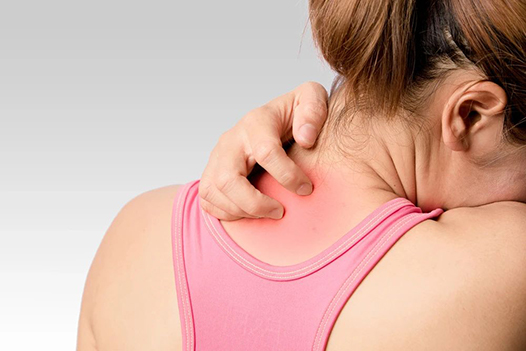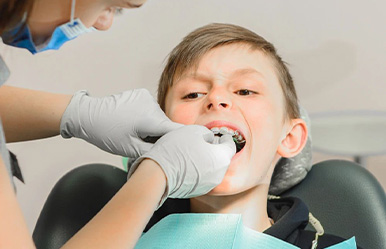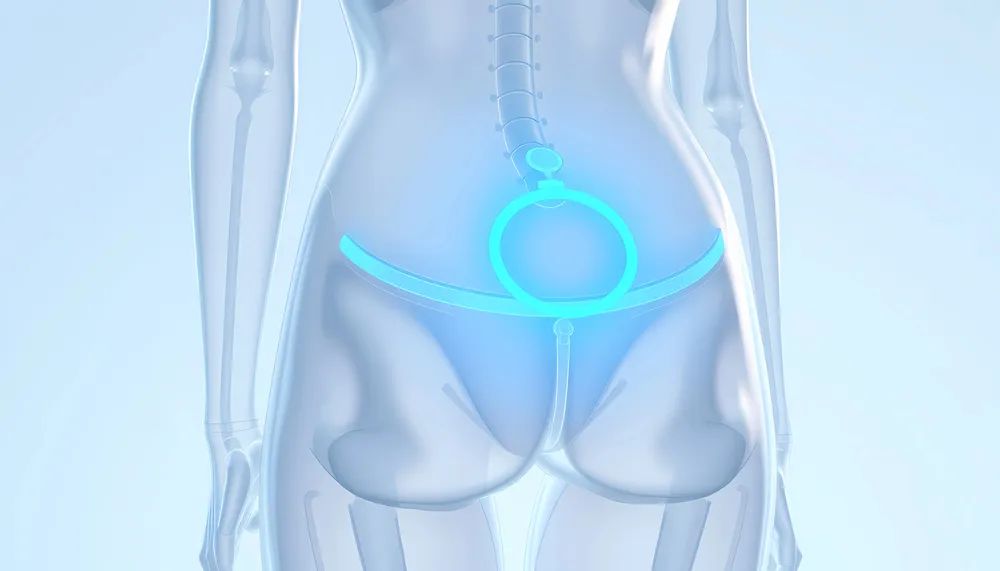How to Prevent and Treat Heat Rash Effectively
2024-08-30
What is Heat Rash?
Heat rash, also known as prickly heat or miliaria, occurs when sweat ducts become blocked. This skin condition can appear as tiny bubbles or small pimples under the skin. Common areas for heat rash include the neck, chest, back, and areas where skin rubs together, like the armpits. Unlike acne, heat rash doesn't form around hair follicles.

Who Gets Heat Rash?
Heat rash can affect anyone, but it's more common in:
Infants and Young Children: They have underdeveloped sweat glands, making them more prone to heat rash.
Adults in Hot and Humid Climates: Extended exposure to heat and humidity can block sweat ducts.
Physically Active People: Exercise or physical labor in hot conditions can increase sweating, leading to heat rash.
Overweight or Obese Individuals: Excess body fat can trap heat and cause more sweating.
Bedridden or Immobilized Patients: Lack of movement and prolonged contact with bedding can lead to heat rash.
Fever: Fever can lead to excessive sweating, which might result in a heat rash.
How to Treat Heat Rash?
Heat rash usually goes away once the body cools down. Here are some tips to help:
Stay Cool: Avoid overheating and keep the environment cool.
Wear Loose Clothing: Opt for loose cotton clothing to allow the skin to breathe.
Avoid Plastic-covered Mattresses: They can trap heat.
Use Soothing Lotions: Calamine lotion or topical steroids can help relieve symptoms. Since calamine lotion can be drying, an emollient may also be needed.
Most heat rash cases resolve within a day or two in a cooler environment. However, seek medical advice if you develop a fever or suspect a skin infection. Signs of infection include pain, warmth, swelling, redness, oozing pus, or scabs.
Article contributed by Dr. Serena Peng, Dermatologist of Parkway.






























